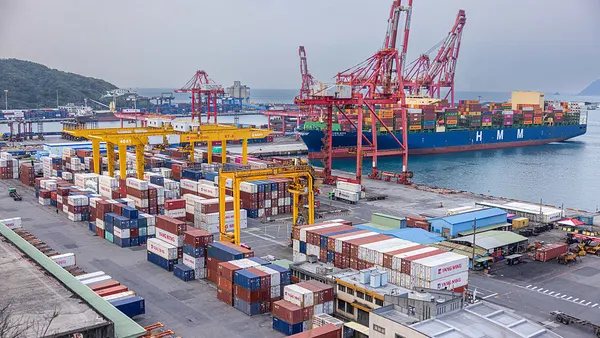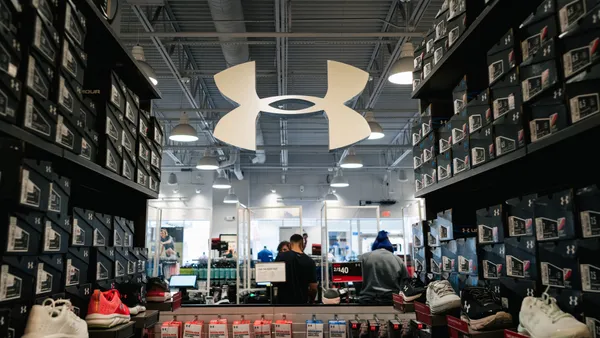The U.S. plans to lift its pause on country-specific tariffs while implementing a range of new rates for specific trading partners on Thursday, per an executive order President Donald Trump signed last week.
The order lists rates for over 60 trading partners, ranging from 10% to 41%. The list includes levies for countries that match the rates included in a series of trade-related agreements Trump has announced over the last several months. The order also implements a 25% tariff on imports from India that Trump threatened earlier in the week.
Tariffs on imports from Canada, Mexico and China will continue to incur separate duties, while goods from countries not listed in the order will face a baseline 10% levy.
Nearly 70 countries receive new U.S. tariff rates
In the order, Trump said while some countries have agreed to “meaningful trade and security commitments,” others have failed to offer sufficient terms or not engaged in negotiations during a monthslong pause of country-specific tariffs.
Imports will begin incurring the tariffs Thursday. Goods that have been loaded onto vessels and/or are in transit to U.S. ports by the day the tariffs are implemented will not be subject to the duties as long as they are entered for consumption by Oct. 5.
However, if U.S. Customs and Border Protection finds goods were "transshipped to evade applicable duties,” the products will instead face a 40% tariff, as well as additional penalties and fees, per the order.
The National Retail Federation on Friday issued a statement asking the Trump administration to lower tariffs to encourage open markets.
“Tariffs are taxes paid by U.S. importers and are eventually passed along to U.S. consumers. These higher tariffs will hurt Americans, including consumers, retailers and their employees, and manufacturers, because the direct result of tariffs will be higher prices, decreased hiring, fewer capital expenditures and slower innovation,” NRF Executive Vice President of Government Relations David French said in a statement. “Retailers have been able to hold the line on pricing so far, but the new tariffs will impact merchandise in the coming weeks. We have heard directly from small retailers who are concerned about their ability to stay in business in the face of these unsustainable tariff rates.”
The latest directive from Trump codifies the implementation of country-specific duties he first unveiled in April. After pausing those tariffs in favor of a baseline 10% levy, he later shared a series of letters on social media detailing modified country-specific rates that would begin Aug. 1.
During the pause, the Trump administration reached tariff agreements and deal frameworks with multiple trading partners, including the European Union, Japan and South Korea.
















